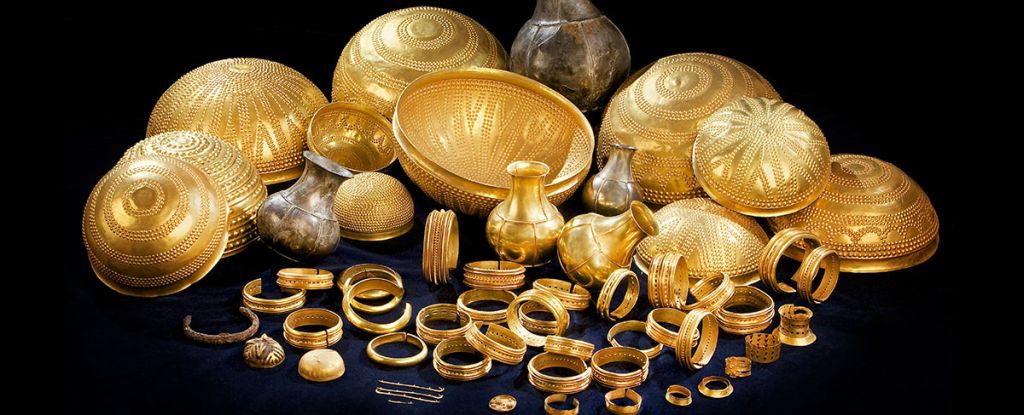Brazilian sharpnose sharks swimming in South America’s coastal waters have been found to have significant levels of cocaine and its metabolites in their system, according to a team of researchers in Brazil.
Unlike Hollywood’s depictions of coked-up predators on drug-fueled rampages, the effects of the illicit stimulant on key species in the marine food chain could be less obvious yet far more concerning.
The team, led by environmental scientist Gapriel de Farias Araujo from the Oswaldo Cruz Institute in Brazil, found high concentrations of cocaine in every one of the 13 juvenile and young adult Brazilian sharpnose sharks (Rhizoprionodon lalandii) they tested.
They also found significant amounts of the drug’s main metabolite, benzoylecgonine, in all but one of the sharks.
While more research is needed to demonstrate the implications of the findings on the health of the predators, studies on other species can give us a hint.
Zebrafish embryos exposed to cocaine have lower cell viability and increased fragmentation of their DNA. A 2018 study found European eels displayed altered muscle physiology in response to environmental concentrations of the drug.
Pharmaceutical pollution is a global problem, with potentially more than a quarter of the world’s waterways containing levels of active ingredients – like those in antibiotics, synthetic estrogen, and recreational drugs – considered high enough to put ecosystems and possibly our own health at risk.
Brazil faces a particularly serious problem with cocaine as a pollutant. In fact, water samples collected from the Bay of Santos in 2017 contained as much cocaine as they did caffeine, a common yardstick for pharmaceutical contamination given its prevalence in various beverages around the world.
Both drugs filter into the waterways via sewage after being excreted by consumers. As a major cocaine exporter, Brazil’s illegal refining facilities could also be contributing to its pollution problem, as could drug packages lost or discarded by traffickers within the nation’s ports.
Once in the environment, cocaine can be easily absorbed by marine organisms lower down the food chain, where it accumulates, allowing it to be absorbed in greater concentrations by higher-order consumers.
With most assessments of environmental cocaine featuring molluscs, crustaceans, and bony fish, researchers have little knowledge of its potential impact on the health of major predators, especially those that spend their entire lives in or near coastal waters.
Three male and ten female Brazilian sharpnose sharks caught by fishing vessels off Rio de Janeiro some time between September 2021 and August 2023 were measured and dissected.
Samples of their muscle and liver tissues underwent liquid chromatography analysis for cocaine and its metabolized product benzoylecgonine, revealing varying concentrations of the compounds that could relate to differences in the shark’s sexes and state of reproduction.
The fact both cocaine and benzoylecgonine were up to a hundred times more concentrated in these sharks than levels reported in the literature for fish and other marine organisms supports speculation that the drug can accumulate through the food chain.
Where the 2023 B-grade horror Cocaine Shark presented a humorous, if violent scenario of environmental drug pollution to the general public, the researchers are calling for surveillance and awareness programs to deal with what is in reality a potentially far more serious problem.
With roughly a third of shark and ray species facing extinction largely as a result of overfishing, it’s vital that all potential threats to their numbers are mapped and monitored.
This research was published in Science of The Total Environment.





